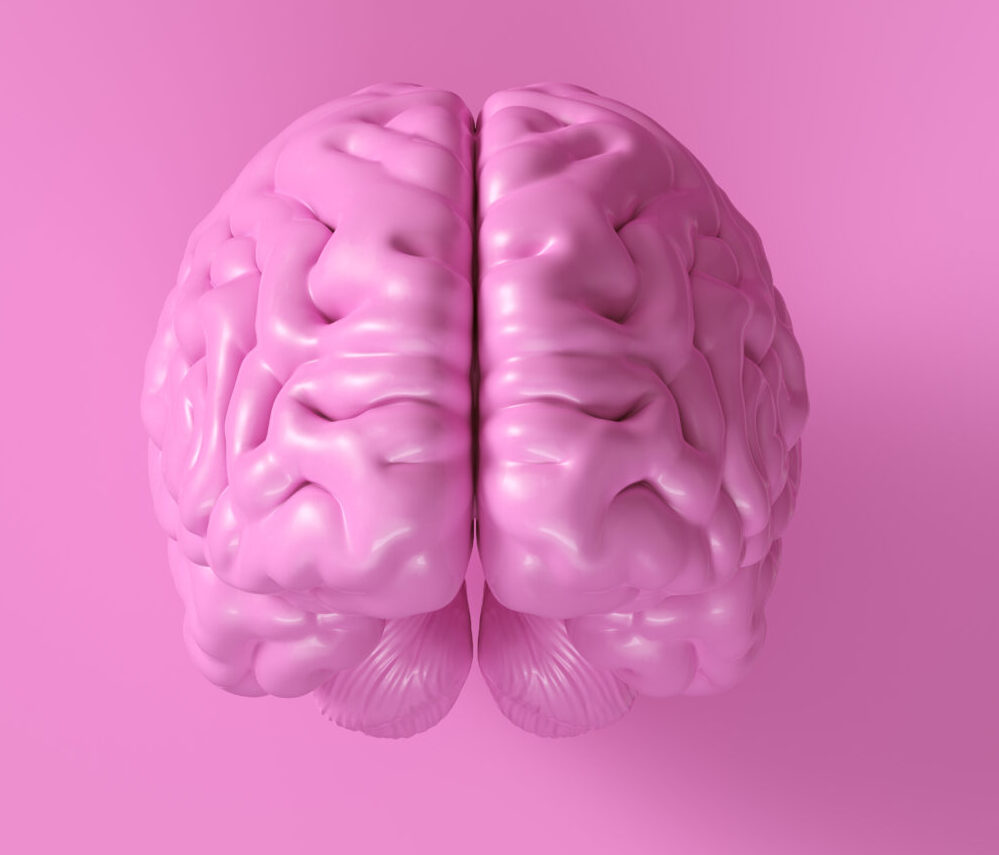### Assessing Alzheimer’s Severity with Quantitative MRI
Alzheimer’s disease is a serious condition that affects millions of people worldwide. It is a type of dementia that causes memory loss and cognitive decline. Diagnosing Alzheimer’s can be challenging because its symptoms often overlap with those of other conditions. However, medical imaging techniques, particularly quantitative MRI, have become crucial tools in assessing the severity of Alzheimer’s disease.
#### What is Quantitative MRI?
Quantitative MRI (qMRI) is a type of magnetic resonance imaging that provides detailed, numerical measurements of various aspects of brain tissue. Unlike traditional MRI, which mainly shows images of the brain, qMRI offers precise data on brain structure and function. This includes measurements such as T1, R2*, and QSM (Quantitative Susceptibility Mapping), which help in understanding the underlying pathology of Alzheimer’s disease.
#### How Does qMRI Help in Assessing Alzheimer’s?
1. **Brain Atrophy**: One of the key features of Alzheimer’s disease is brain atrophy, which is the loss of brain tissue. qMRI can measure the volume of different brain regions, such as the hippocampus, which is often affected early in the disease. By quantifying these changes, doctors can better understand the progression of the disease.
2. **Signal Intensity Variations**: qMRI can also measure signal intensity variations in different brain tissues. For example, changes in T1-weighted images can indicate the presence of amyloid plaques, a hallmark of Alzheimer’s disease.
3. **Volumetric Analysis**: By analyzing the volume of specific brain regions, qMRI helps in identifying early biomarkers for Alzheimer’s. For instance, hippocampal atrophy is a well-known indicator of the disease.
4. **Structural Similarity Metrics**: These metrics help in comparing the similarity of brain structures between different individuals. This is particularly useful in identifying subtle changes that may not be visible on traditional MRI images.
#### The Role of Deep Learning in qMRI Analysis
Deep learning algorithms, such as convolutional neural networks (CNNs), have been integrated with qMRI data to enhance diagnostic accuracy. These algorithms can learn complex patterns in the data and provide insights into the disease pathology. However, the “black box” nature of these models means that their decision-making processes are not always transparent. Recent studies have used techniques like Layer-wise Relevance Propagation (LRP) to explain how the models make their predictions, revealing that volumetric features such as atrophy and skull-stripping features are primary contributors to the classification performance.
#### Binarization and Volumetric Features
To further understand the role of volumetric features, researchers have used binarization techniques to remove tissue contrast entirely. This process isolates atrophic and structural features, allowing for a more focused analysis of how these features influence model predictions. The results show that removing gray-white matter contrast has little to no effect on model performance, indicating that volumetric information is sufficient for achieving high classification accuracy in CNN-based AD classification.
#### Future Directions
The integration of qMRI with radiomics, which involves extracting numerous quantitative features from medical images, holds great promise for enhancing diagnostic accuracy. By combining qMRI data with plasma biomarkers and cognitive assessments, researchers can develop more comprehensive models for predicting AD conversion. This approach offers new perspectives for early diagnosis and treatment of Alzheimer’s disease.
In conclusion, quantitative MRI is a powerful tool in assessing the severity of Alzheimer’s disease. By providing detailed, numerical measurements of brain tissue, qMRI helps in identifying early biomarkers and understanding the underlying pathology of the disease. The integration of deep learning algorithms with qMRI data further enhances diagnostic accuracy, paving the way for more effective management and treatment strategies for Alzheimer’s disease.


